The Twitch Rivals Hearthstone tournament took place on Jan. 29 and probably brought a few unfamiliar eyes to the landscape of Arena.
The tournament was played in the Arena format, which means players were in pairs attempting to gain points by garnering the best overall Arena runs throughout the day. Players Adwcta and Ttexxx won the tournament and thousands of people tuned in to the day-long event.
Since most players tend to lean toward constructed format in Hearthstone, many of these viewers may not be very well versed in how Arena is played. Since the format is so different from constructed, getting involved with Arena can feel quite intimidating at first. Luckily, there are a few basic guidelines you can follow that will make dipping your toes into Arena much less stressful than it could be.

When playing Arena, you’re given the option to draft cards by first selecting a class, then selecting one card out of randomly-generated sets of three. Each time you select a card, it’ll be added to your deck—so when selecting cards, you want to try to find as much synergy as possible.
One thing you can focus on regardless of the specific abilities of the cards you’re being offered is mana cost. One of the most powerful things you can do to win Arena is build a deck that’s capable of being played on curve, which means having a deck that’s able to get max value out of your mana every turn. For example, you want to play a one-cost minion on turn one, Hero Power or two-cost minion on turn two, then a three-cost minion on turn three.
Since the cards you and your opponent have both used to build your decks were generated at random, building a deck that can play on curve goes a long way. If your deck’s mana cost distribution is appropriate to the pace of the game, you’re automatically more likely to have high value plays at the best possible moments.
On the opposite side of things, having a deck with a bad mana curve can absolutely crush you in Arena. If your deck is filled with cards that are all five mana cost or higher in an attempt to snag big value picks, playing against someone with appropriate curve will be impossible if you aim to win.

Another thing to think about that plays into curve as well is how many situational cards you select. Many players who get into Arena have a tendency to select too many removal cards, for example. Having tons of removal can be great against the right deck, but against a weapon-based deck, removal is nearly useless.
Also be careful of selecting situational cards that require some sort of specific trigger to enable them. Kalimos is a big bad Shaman Legendary that has insane tempo through letting you cast an Elemental Invocation. In order to trigger this invocation, however, you need to have played an Elemental on the previous turn. If you’re drafting a deck and snag Kalimos, but don’t attempt to fill your deck with Elementals, then you’ve essentially selected a dead card.
Something else to keep in mind when drafting is a card’s opportunity cost. In Arena, you generally want to be able to play cards as soon as possible. This allows you to play proactively instead of reactively, thus letting you dictate the pace of the game. When first drafting, you may have a tendency to select high-cost value cards like Primordial Drake or Lich King. While these cards can be great, consider how long they’ll sit in your hand before you’re able to use them.
Since you’re trying to play on curve as much as possible in Arena (usually), drawing a high-cost minion that you’ll need to hang onto for an extended period of time can really hurt your tempo. This is why it’s important to make sure the high-cost cards you do select work appropriately with the low-cost cards you pick. This way, if you do end up having to hold a card for an extended period of time, you at least get maximum value out of it when you’re able to play it.

Lastly, you’ll want to make sure you consider how well the cards you’re selecting during the draft phase mesh together. If you’re building a deck full of Mechs, it’s probably a waste of slots if you toss in a few random Dragons or Beasts. The better the cards you draft work together, the more it will feel like you’re playing a real constructed deck. The more packages and strategies you’re able to sneak in, the better—so keep your eye out for potential combos as you draft.
Take the Kalimos example from earlier—if you’re drafting Shaman and you see a Kalimos, you might as well go all in and draft him with a deck full of Elementals. Being able to identify the synergies you’re offered as you’re drafting is what separates a good Arena deck from a great one. Pay attention to the text on each card and think about how it’ll work in cooperation with the other cards you’ve selected.
While Arena can feel overwhelming at first, the more you play it, the easier it starts to get. If you keep a level head while drafting and focus on the guidelines discussed here, you’ll be stacking Arena wins in no time.


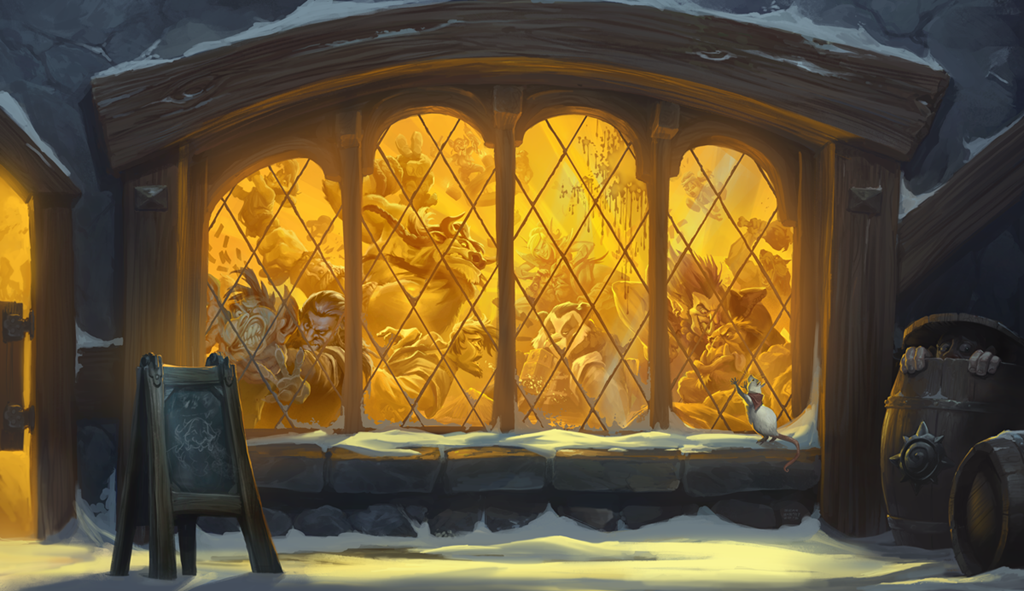
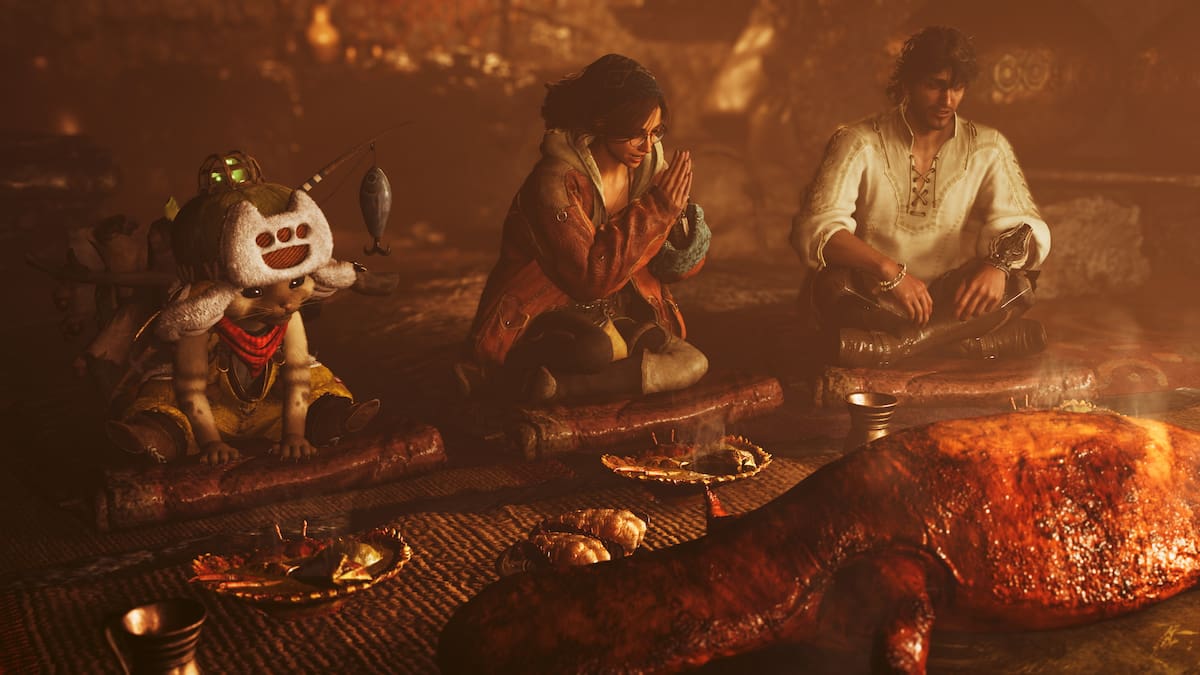
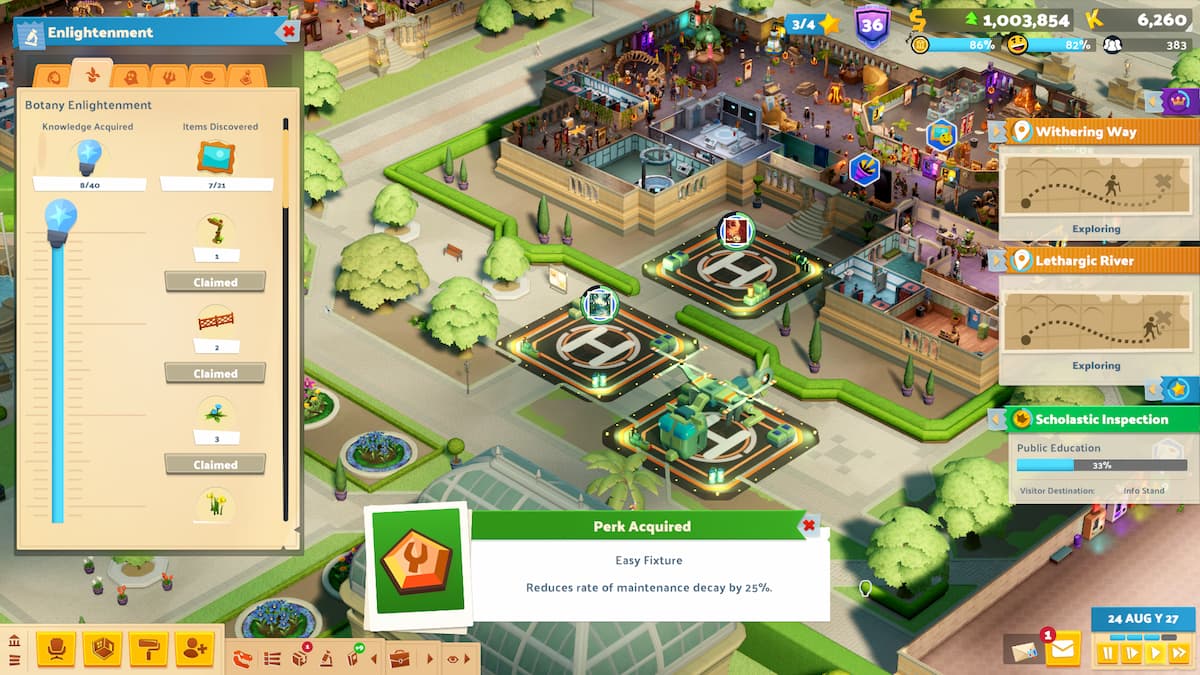
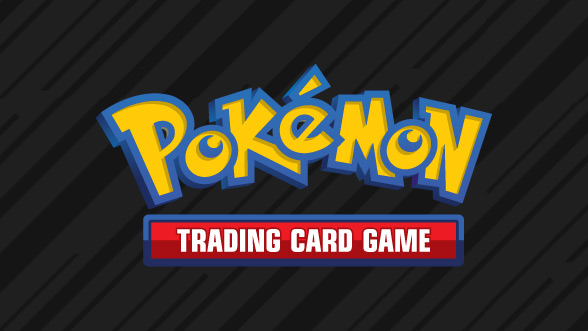
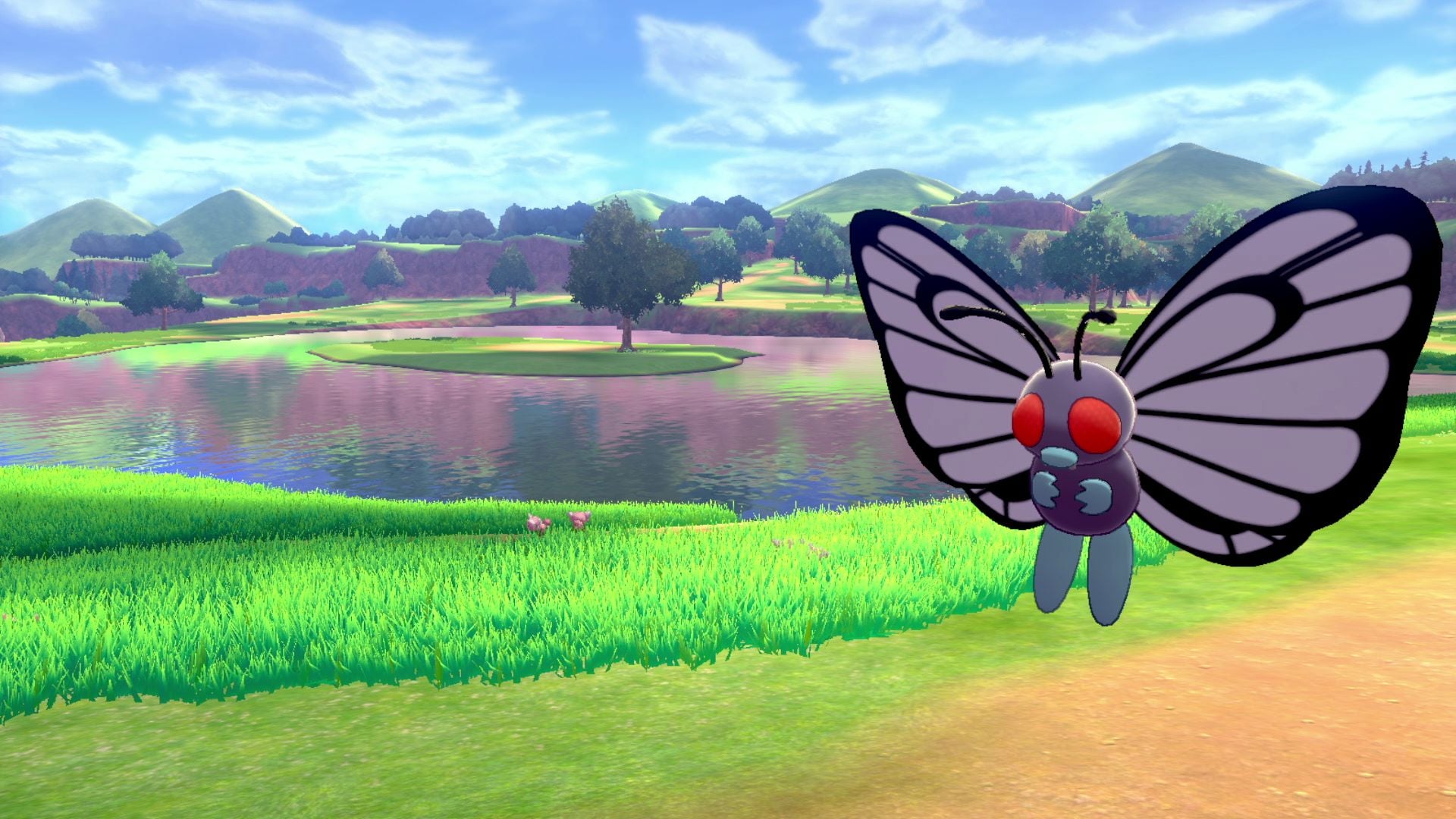
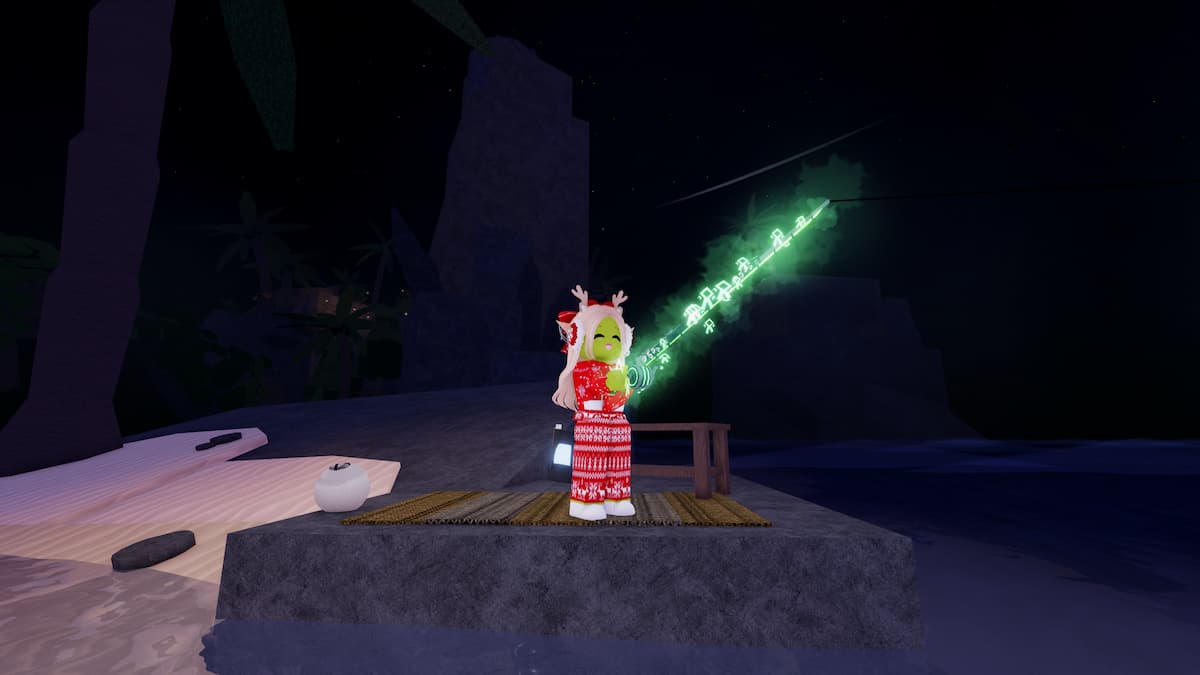
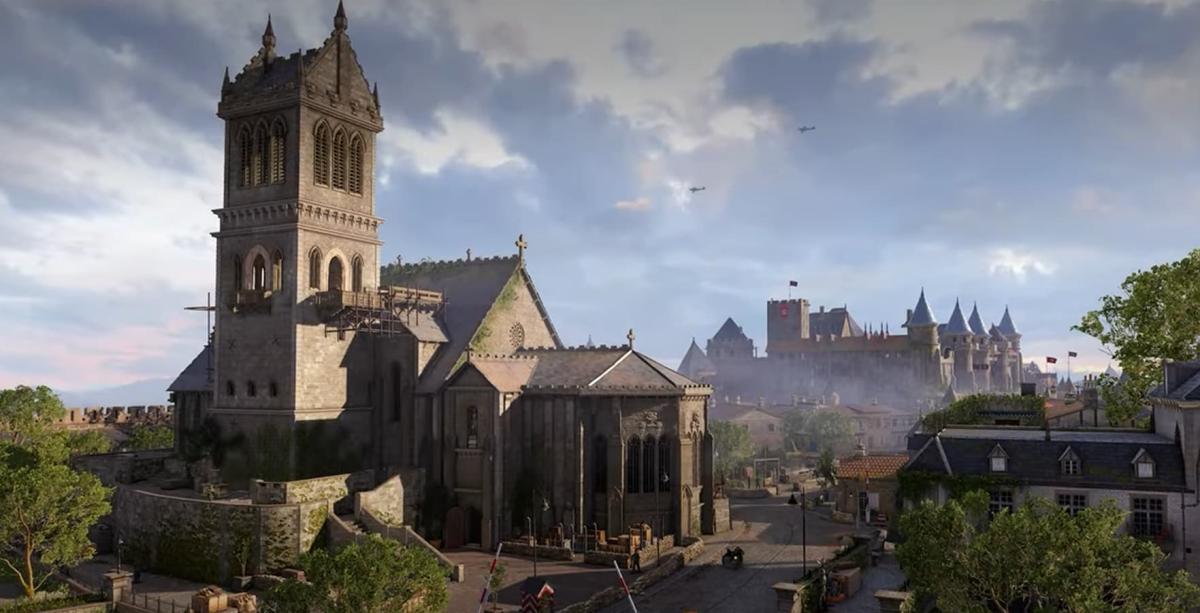
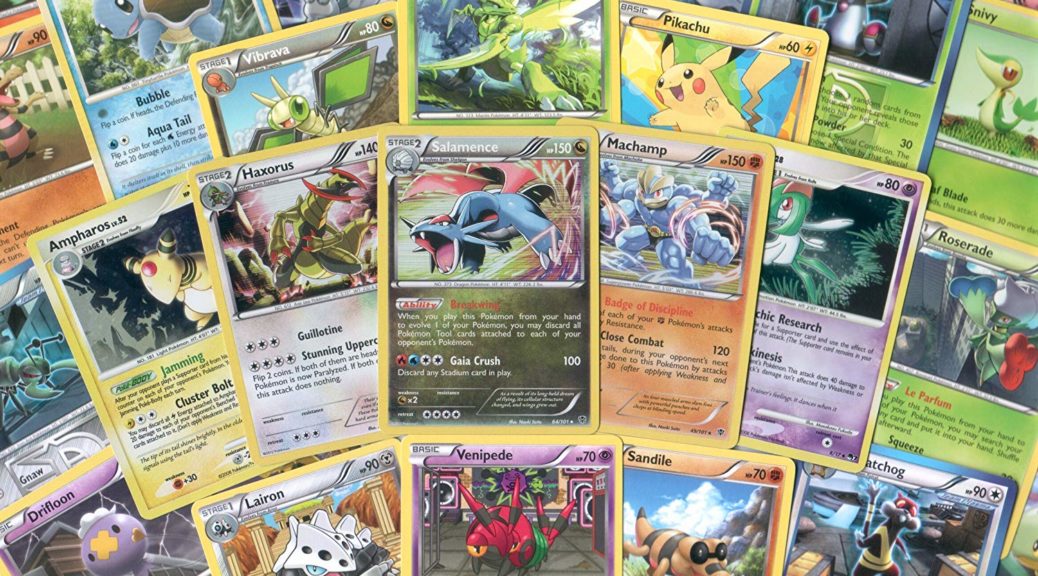
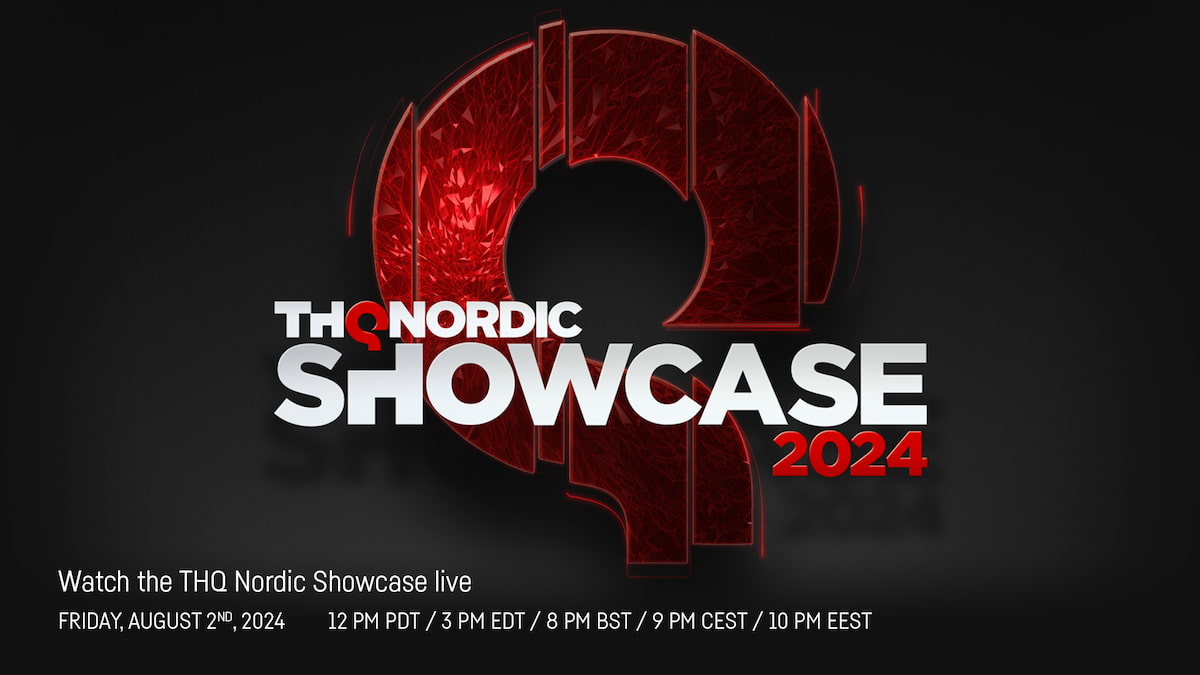
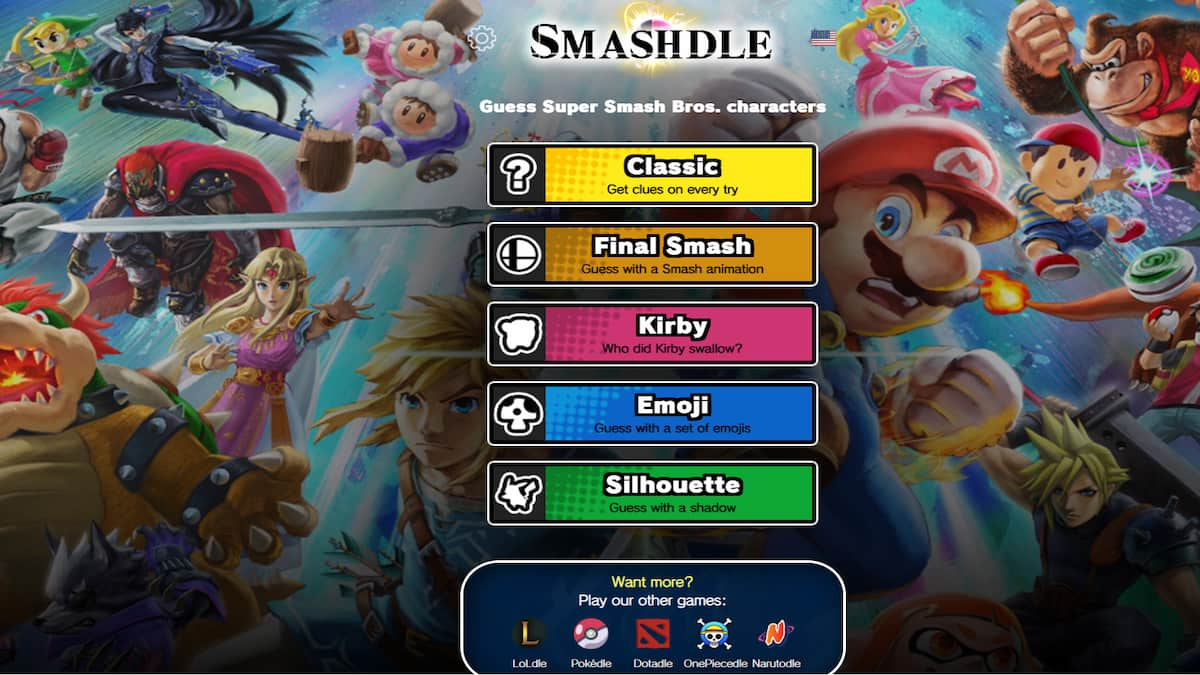
Published: Feb 2, 2019 11:10 am